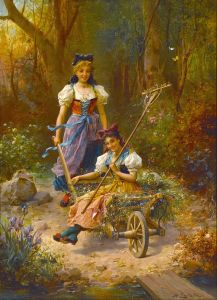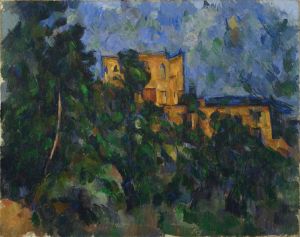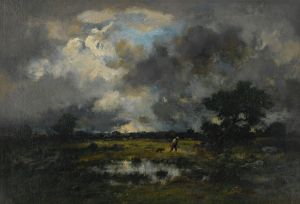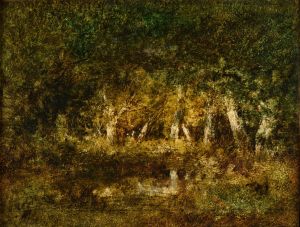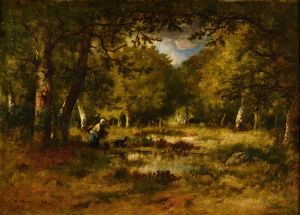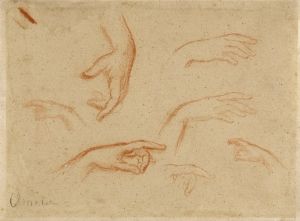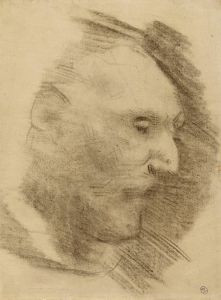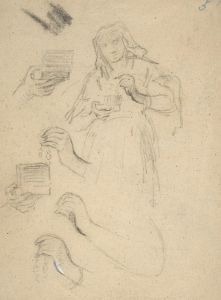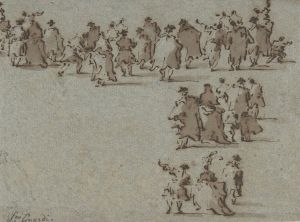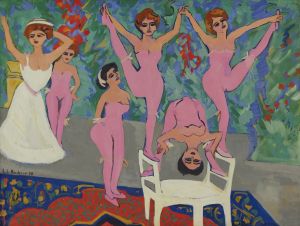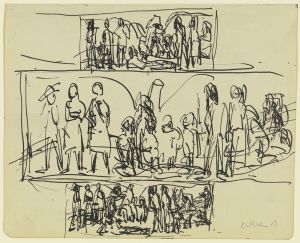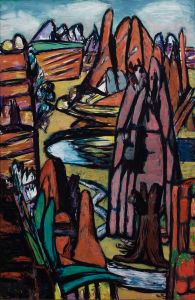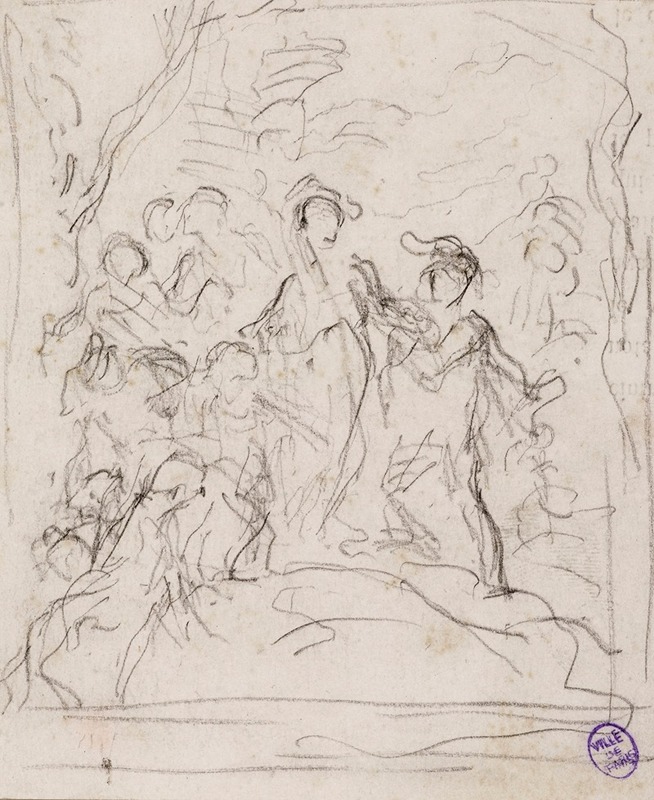
Esquisse d’un groupe de personnages dans une forêt
A hand-painted replica of Narcisse-Virgile Diaz de La Peña’s masterpiece Esquisse d’un groupe de personnages dans une forêt, meticulously crafted by professional artists to capture the true essence of the original. Each piece is created with museum-quality canvas and rare mineral pigments, carefully painted by experienced artists with delicate brushstrokes and rich, layered colors to perfectly recreate the texture of the original artwork. Unlike machine-printed reproductions, this hand-painted version brings the painting to life, infused with the artist’s emotions and skill in every stroke. Whether for personal collection or home decoration, it instantly elevates the artistic atmosphere of any space.
Narcisse-Virgile Diaz de la Peña (1807–1876) was a French painter associated with the Barbizon School, a group of artists known for their focus on naturalistic landscapes and scenes of rural life. One of his works, Esquisse d’un groupe de personnages dans une forêt (Sketch of a Group of Figures in a Forest), exemplifies his interest in depicting the interplay between figures and natural settings.
This painting, as the title suggests, is a sketch rather than a fully realized composition. It portrays a group of figures situated within a forested environment, a recurring theme in Diaz de la Peña's oeuvre. The artist was known for his ability to capture the atmospheric qualities of light filtering through trees, as well as his skill in rendering the textures of foliage and the forest floor. While the exact date of this work is not documented, it aligns with Diaz de la Peña's broader body of work, which often explored the relationship between humans and nature.
Diaz de la Peña's style is characterized by his use of rich, vibrant colors and loose, expressive brushwork. In Esquisse d’un groupe de personnages dans une forêt, these qualities are evident in the dynamic interplay of light and shadow, as well as the fluidity of the figures' forms. Although the sketch format suggests that the work may have been a preparatory study or an experimental piece, it nonetheless reflects the artist's mastery of composition and his sensitivity to the natural world.
The Barbizon School, to which Diaz de la Peña belonged, emerged in the mid-19th century as a reaction against the formalism of academic painting. Artists in this movement sought inspiration directly from nature, often working en plein air (outdoors) to capture the immediacy of their surroundings. Diaz de la Peña, alongside contemporaries such as Théodore Rousseau and Jean-François Millet, contributed significantly to this movement, which laid the groundwork for later developments in Impressionism.
While Esquisse d’un groupe de personnages dans une forêt may not be as widely recognized as some of Diaz de la Peña's other works, it remains an important example of his artistic approach and his contributions to 19th-century French art. The painting reflects his ability to blend human presence seamlessly into natural landscapes, creating a harmonious and evocative scene that continues to resonate with viewers today.





